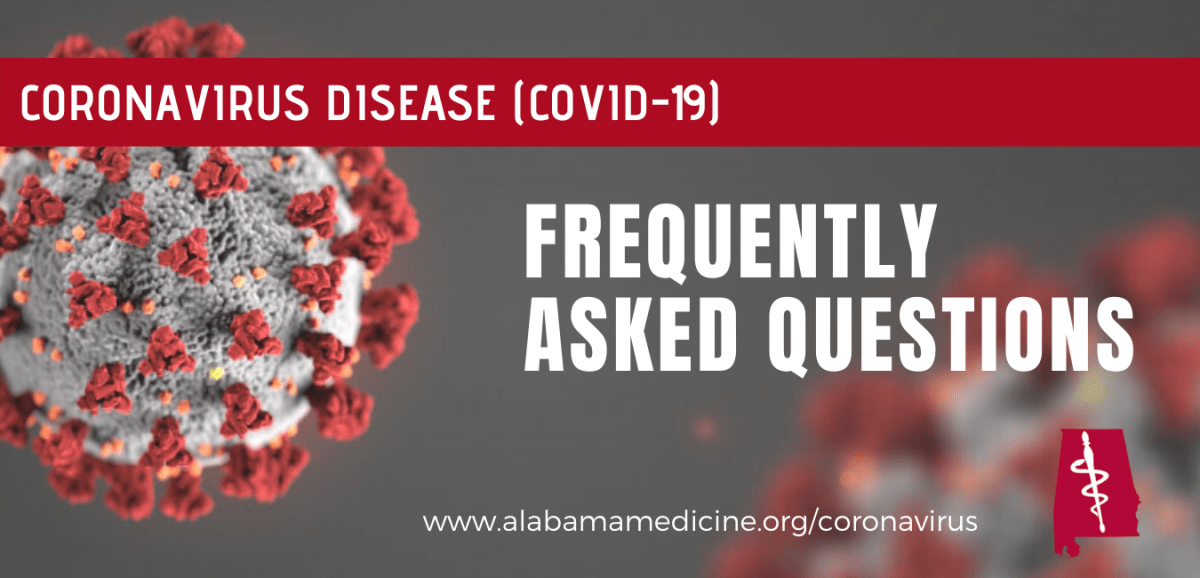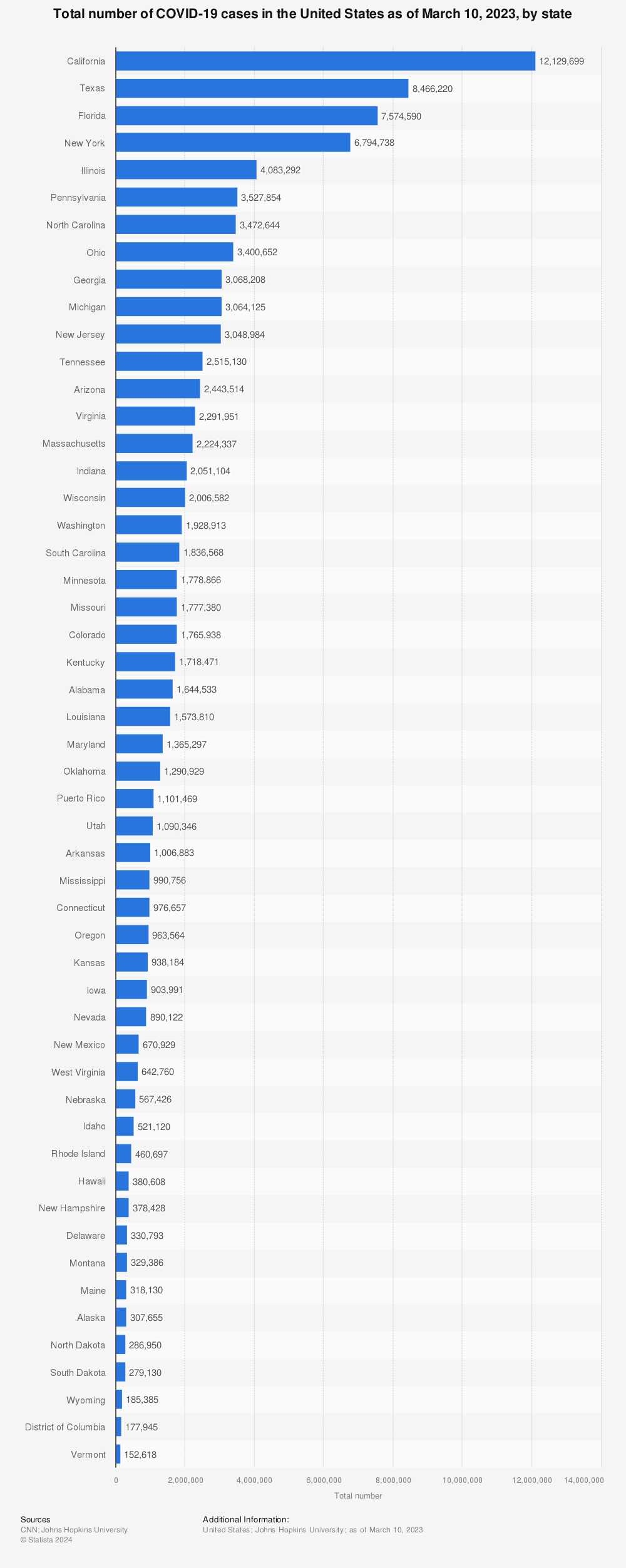
Coronaviruses are a large family of viruses. Many of them infect animals, but some coronaviruses from animals can evolve (change) into a new human coronavirus that can spread from person-to-person. This is what happened with the new coronavirus known as COVID-19.
There are many types of human coronaviruses, including SARS (Severe Acute Respiratory Syndrome) and MERS (Middle East Respiratory Syndrome).
COVID-19 is a new disease, caused be a novel (or new) coronavirus that has not previously been seen in humans. For COVID-19 specifically, the CO stands for corona, the VI for virus, the D for disease and the 19 for 2019.
This virus was first detected in Wuhan City, Hubei Province, China. The first infections were linked to a live animal market, but the virus is now spreading from person-to-person.
As researchers have studied the virus they have come to believe the virus originated in a horseshoe bat. However, the virus carried by that bat is not able to infect human cells. This means there has to be an intermediate animal that could catch the virus and create mutations of the virus that are able to infect human cells.
The virus that causes COVID-19 is spreading from person-to-person in close contact (6 feet). Someone who is actively sick with COVID-19 can spread the illness to others. That is why CDC recommends that these patients be isolated either in the hospital or at home (depending on how sick they are) until they are better and no longer pose a risk of infecting others.
Currently there is no evidence to support transmission of COVID-19 associated with food.
It may be possible that a person can get COVID-19 by touching a surface or object that has the virus on it and then touching their own mouth, nose, or possibly their eyes, but this is not thought to be the main way the virus spreads.
In general, because of poor survivability of these coronaviruses on surfaces, there is likely very low risk of spread from food products or packaging that are shipped over a period of days or weeks at ambient, refrigerated, or frozen temperatures.
Current symptoms reported for patients with COVID-19 have included mild to severe respiratory illness with fever1, cough, and difficulty breathing.
How long someone is actively sick can vary so the decision on when to release someone from isolation is made on a case-by-case basis in consultation with doctors, infection prevention and control experts, and public health officials and involves considering specifics of each situation including disease severity, illness signs and symptoms, and results of laboratory testing for that patient.
It is not yet known whether weather and temperature impact the spread of COVID-19. Some other viruses, like the common cold and flu, spread more during cold weather months but that does not mean it is impossible to become sick with these viruses during other months. At this time, it is not known whether the spread of COVID-19 will decrease when weather becomes warmer.
CDC does not recommend that people who are well wear a facemask to protect themselves from respiratory illnesses, including COVID-19. You should only wear a mask if a healthcare professional recommends it. A facemask should be used by people who have COVID-19 and are showing symptoms. This is to protect others from the risk of getting infected. The use of facemasks also is crucial for health workers and other people who are taking care of someone infected with COVID-19 in close settings (at home or in a health care facility).
Older adults and people of any age who have serious underlying medical conditions may be at higher risk for more serious complications from COVID-19. Based upon available information to date, those most at risk include
People 65 years and older
People who live in a nursing home or long-term care facility
People of any age with the following underlying medical conditions, particularly those that are not well controlled
Chronic lung disease or asthma
Congestive heart failure or coronary artery disease
Diabetes
Neurologic conditions that weaken ability to cough
Weakened immune system
Chemotherapy or radiation for cancer (currently or in recent past)
Sickle cell anemia
Chronic kidney disease requiring dialysis
Cirrhosis of the liver
Lack of spleen or a spleen that doesn’t function correctly
Extreme obesity (body mass index [BMI] >40)
If you develop symptoms such as fever, cough, and/or difficulty breathing, and have been in close contact with a person known to have COVID-19 or have recently traveled from an area with ongoing spread of COVID-19, stay home and call your healthcare provider.
Older patients and individuals who have severe underlying medical conditions or are immunocompromised should contact their healthcare provider early, even if their illness is mild.
If you have severe symptoms, such as persistent pain or pressure in the chest, new confusion or inability to arouse, or bluish lips of face, contact your healthcare provider or emergency room and seek care immediately. Your doctor will determine if you have signs and symptoms of COVID-19 and whether you should be tested.
Current CDC guidance for when it is OK to release someone from isolation is made on a case by case basis and includes meeting all of the following requirements:
The patient is free from fever without the use of fever-reducing medications.
The patient is no longer showing symptoms, including cough.
The patient has tested negative on at least two consecutive respiratory specimens collected at least 24 hours apart.
There is currently no known risk associated with being in the same room at a funeral or visitation service with the body of someone who died of COVID-19.
While this virus seems to have emerged from an animal source, it is now spreading from person-to-person in China. There is no reason to think that any animals including pets in the United States might be a source of infection with this new coronavirus. To date, CDC has not received any reports of pets or other animals becoming sick with COVID-19. At this time, there is no evidence that companion animals including pets can spread COVID-19.
Wash your hands often with soap and water for at least 20 seconds, especially after blowing your nose, coughing, or sneezing; going to the bathroom; and before eating or preparing food.
Avoid touching your eyes, nose, and mouth with unwashed hands.
Stay home when you are sick.
Cover your cough or sneeze with a tissue, then throw the tissue in the trash.
There is currently no vaccine to protect against COVID-19. The best way to prevent infection is to take everyday preventive actions, like avoiding close contact with people who are sick and washing your hands often.
There is no specific antiviral treatment for COVID-19. People with COVID-19 can seek medical care to help relieve symptoms.

